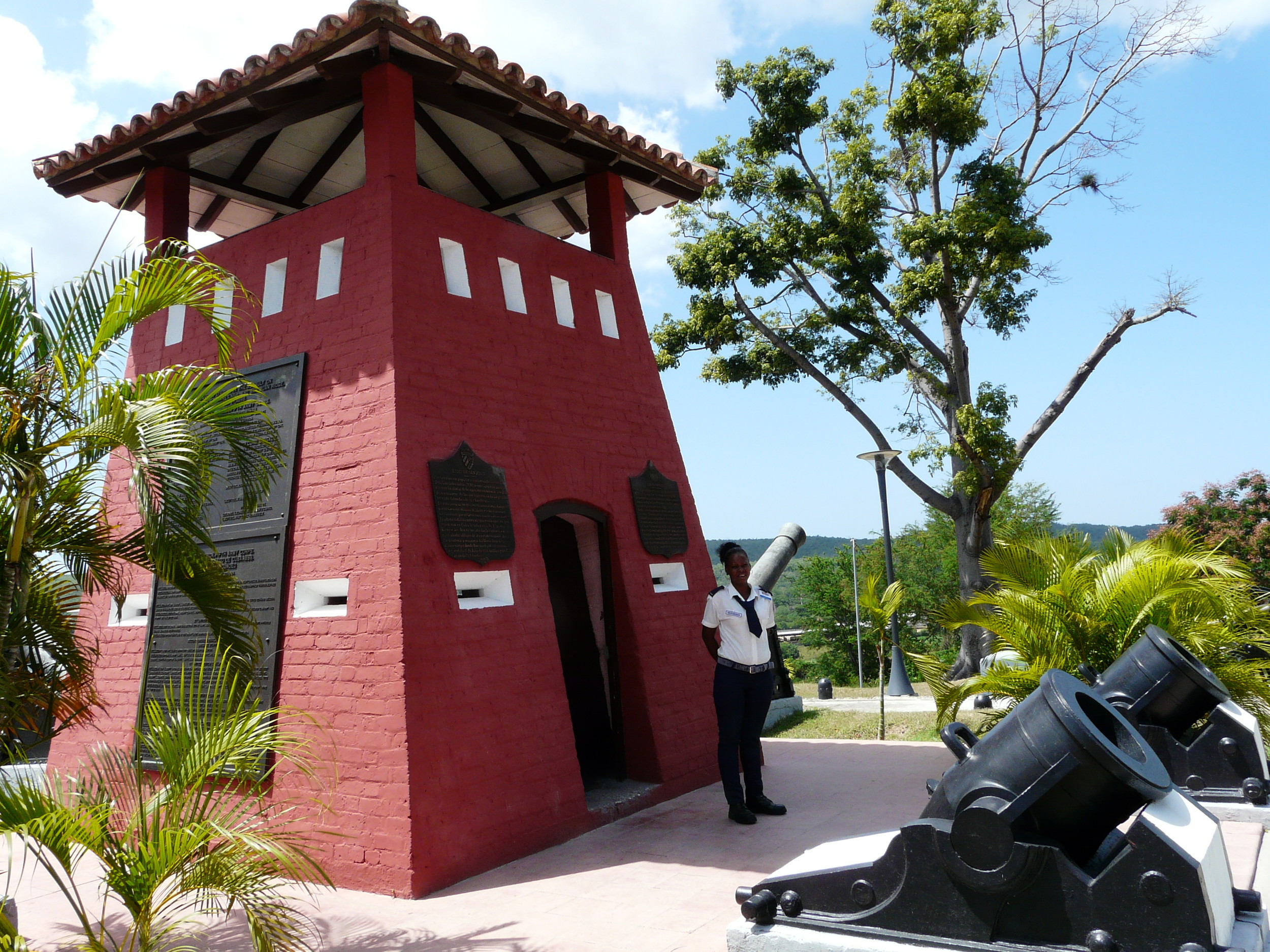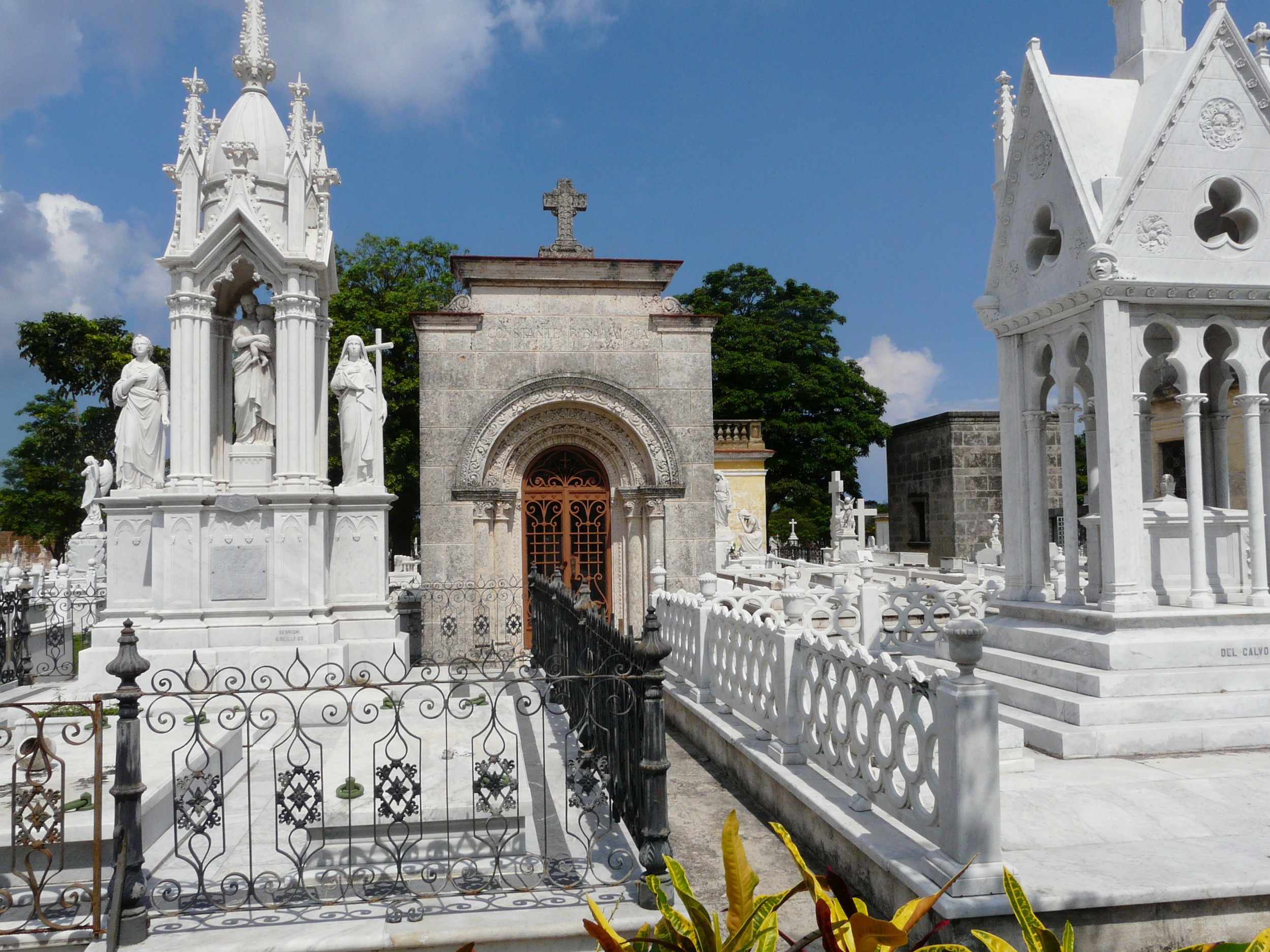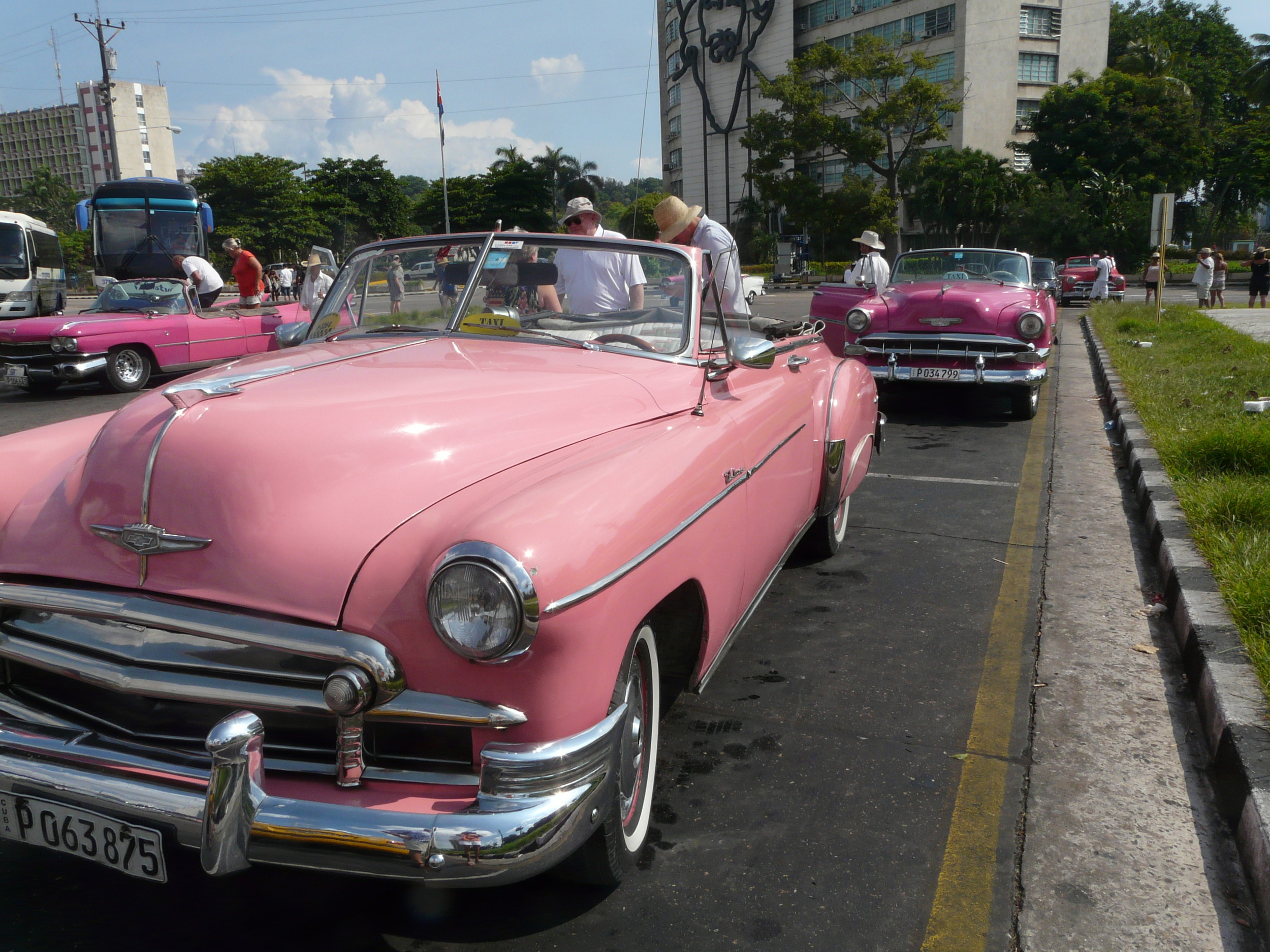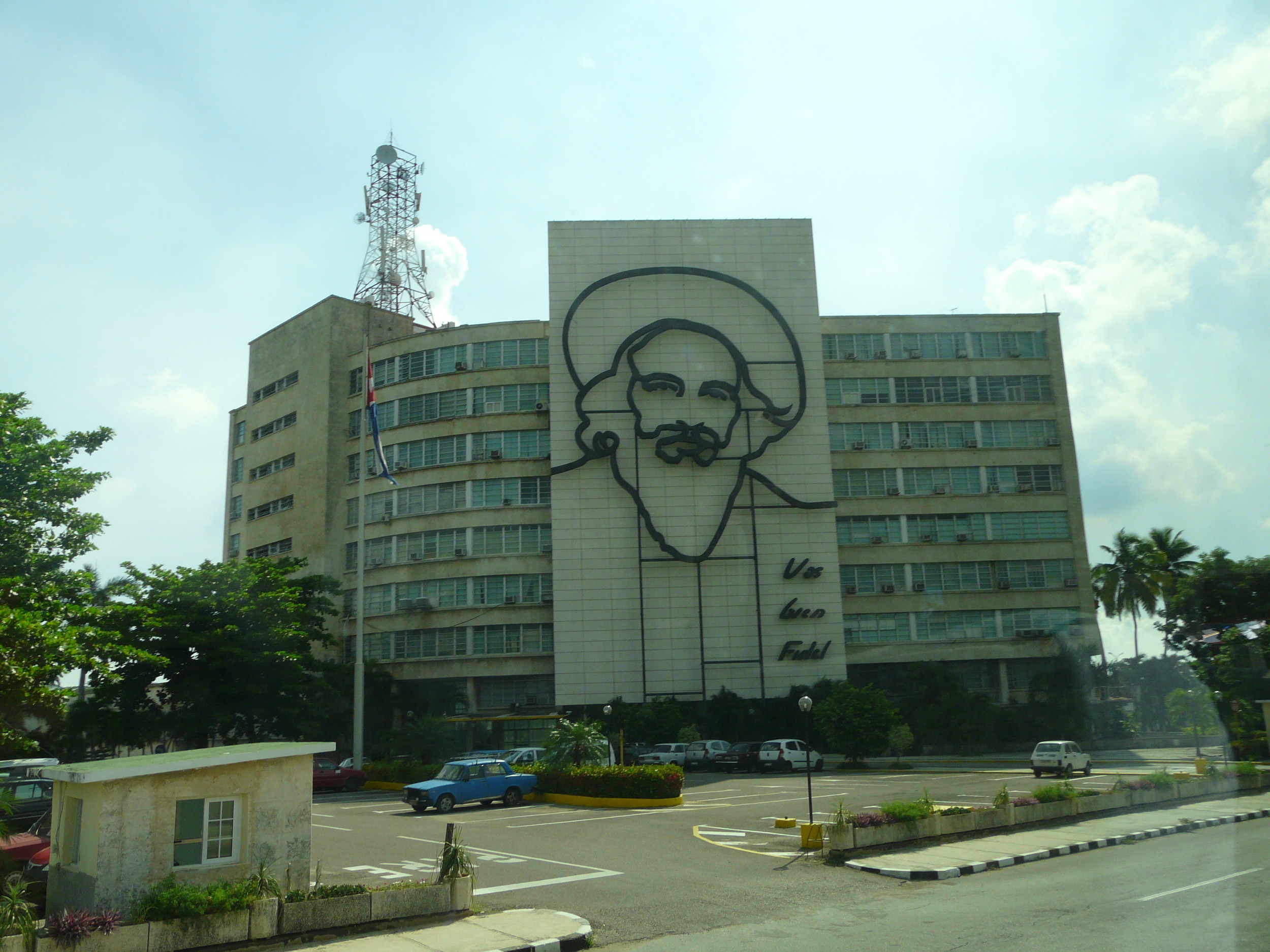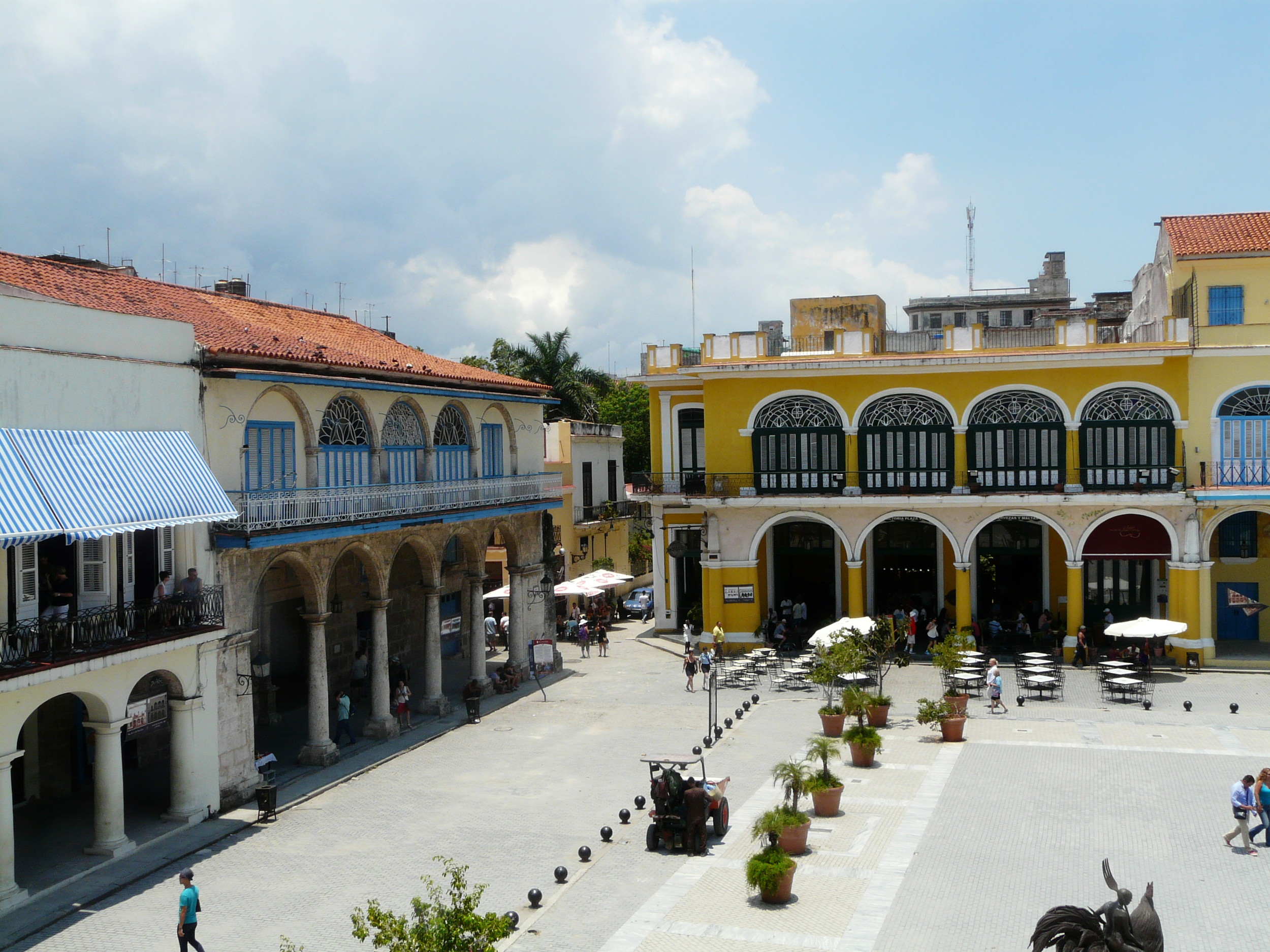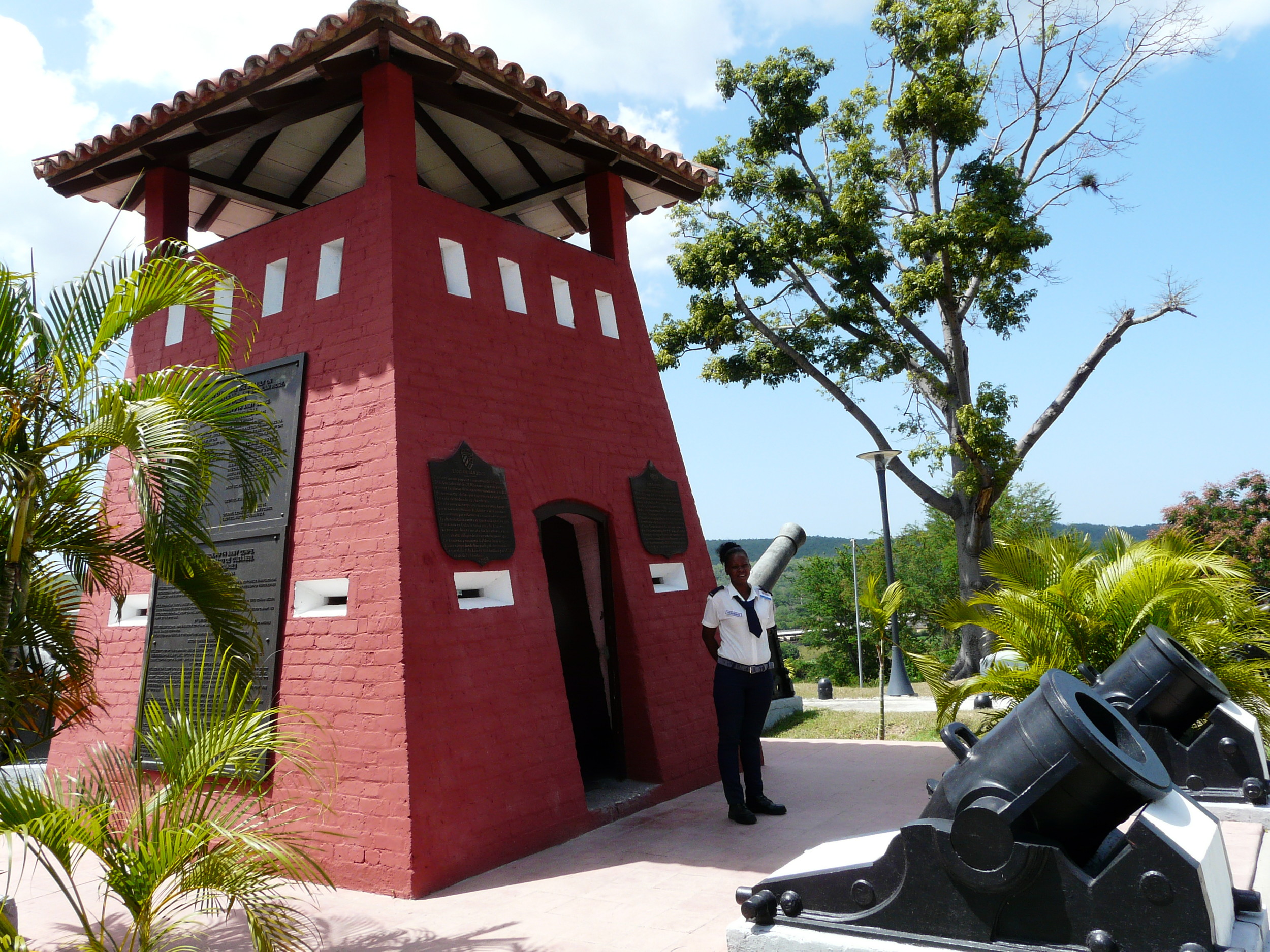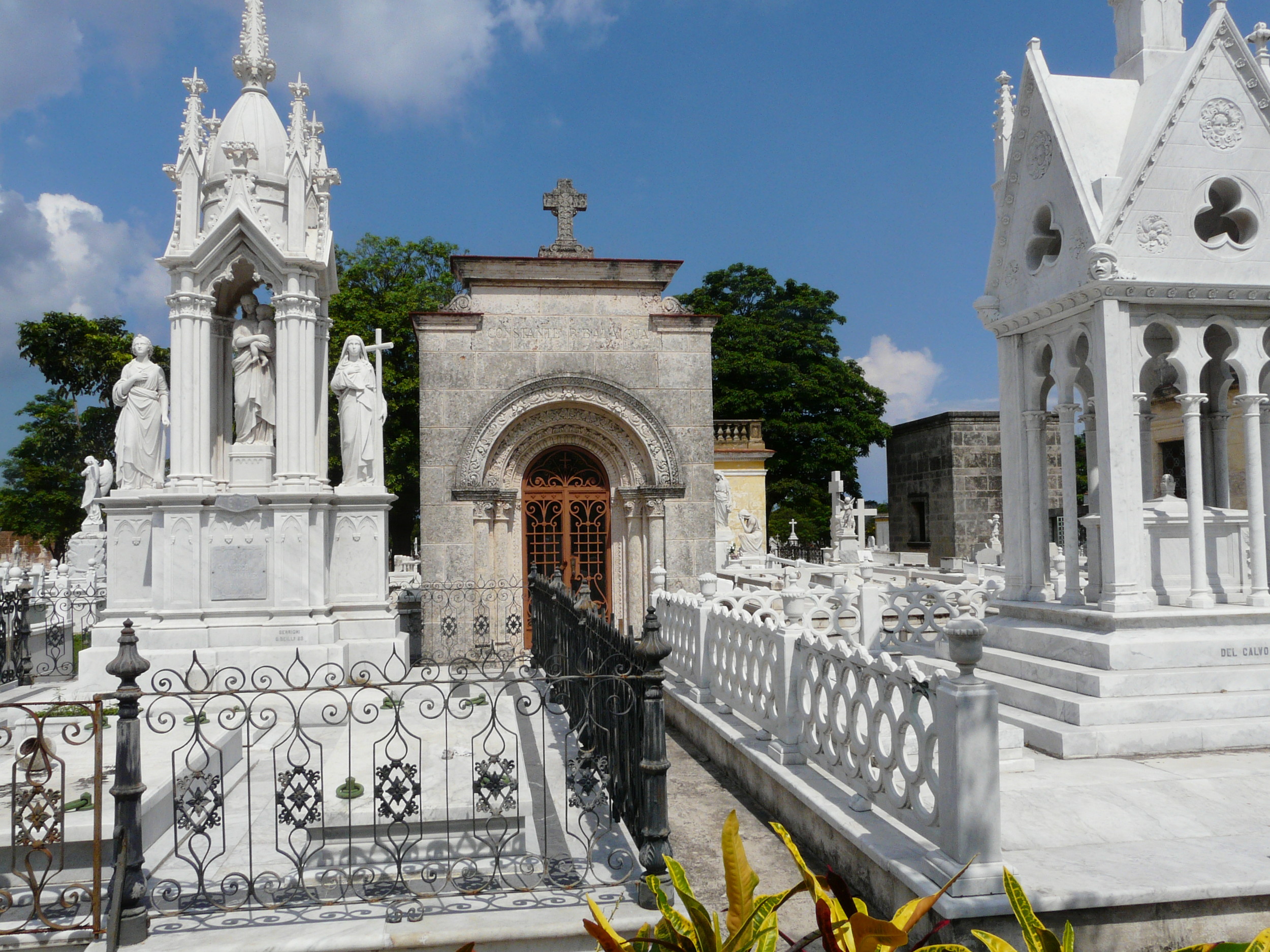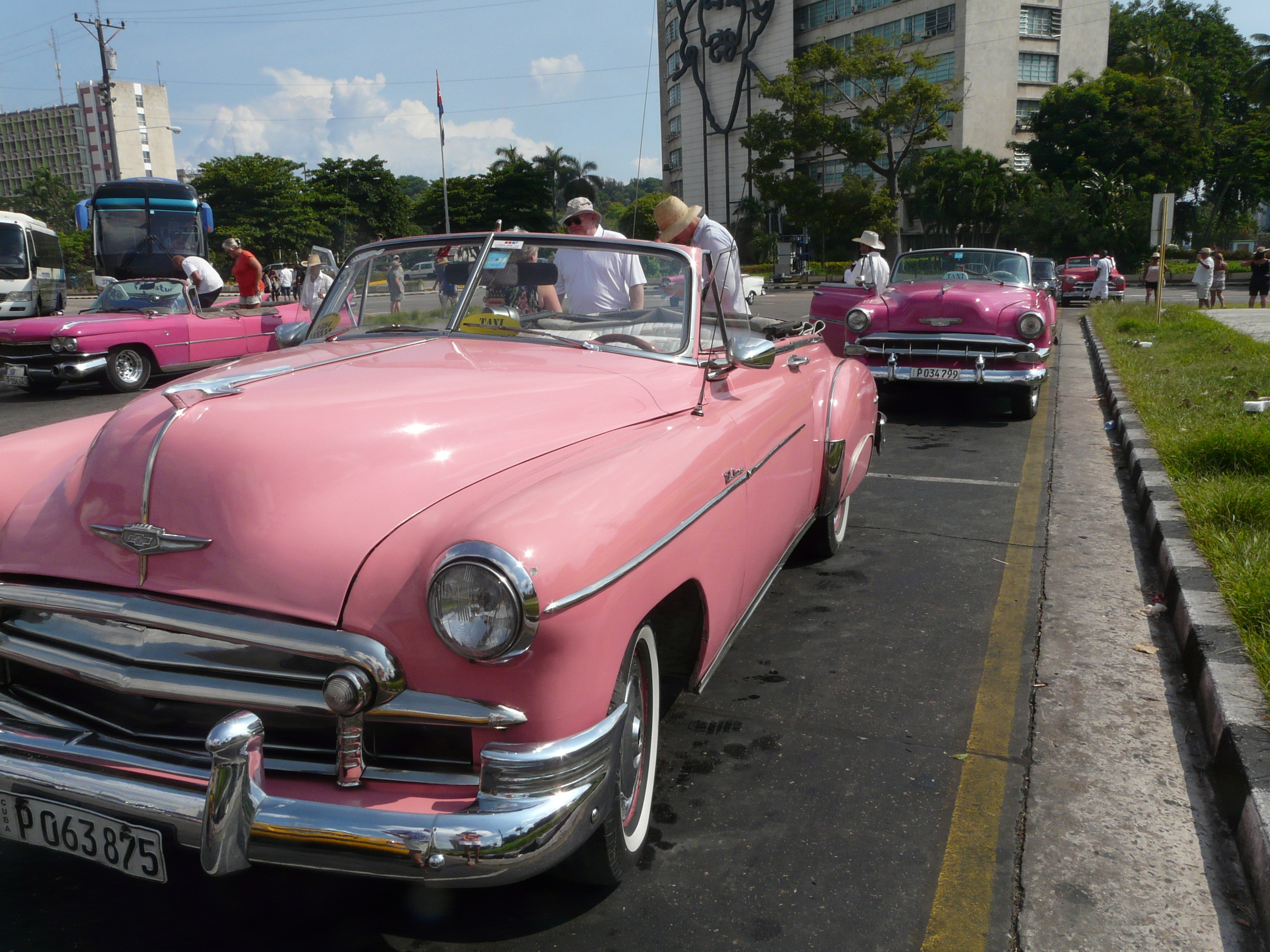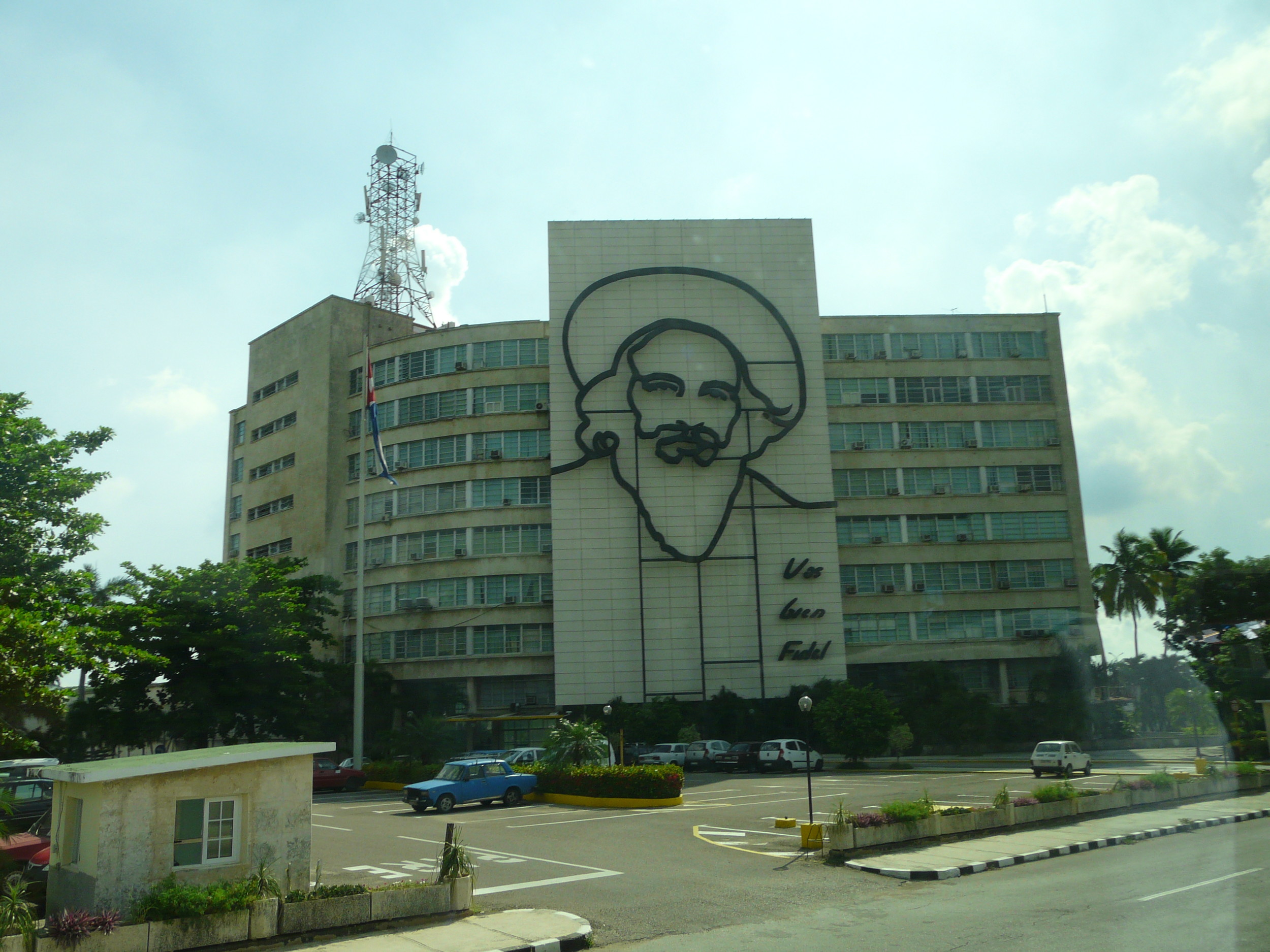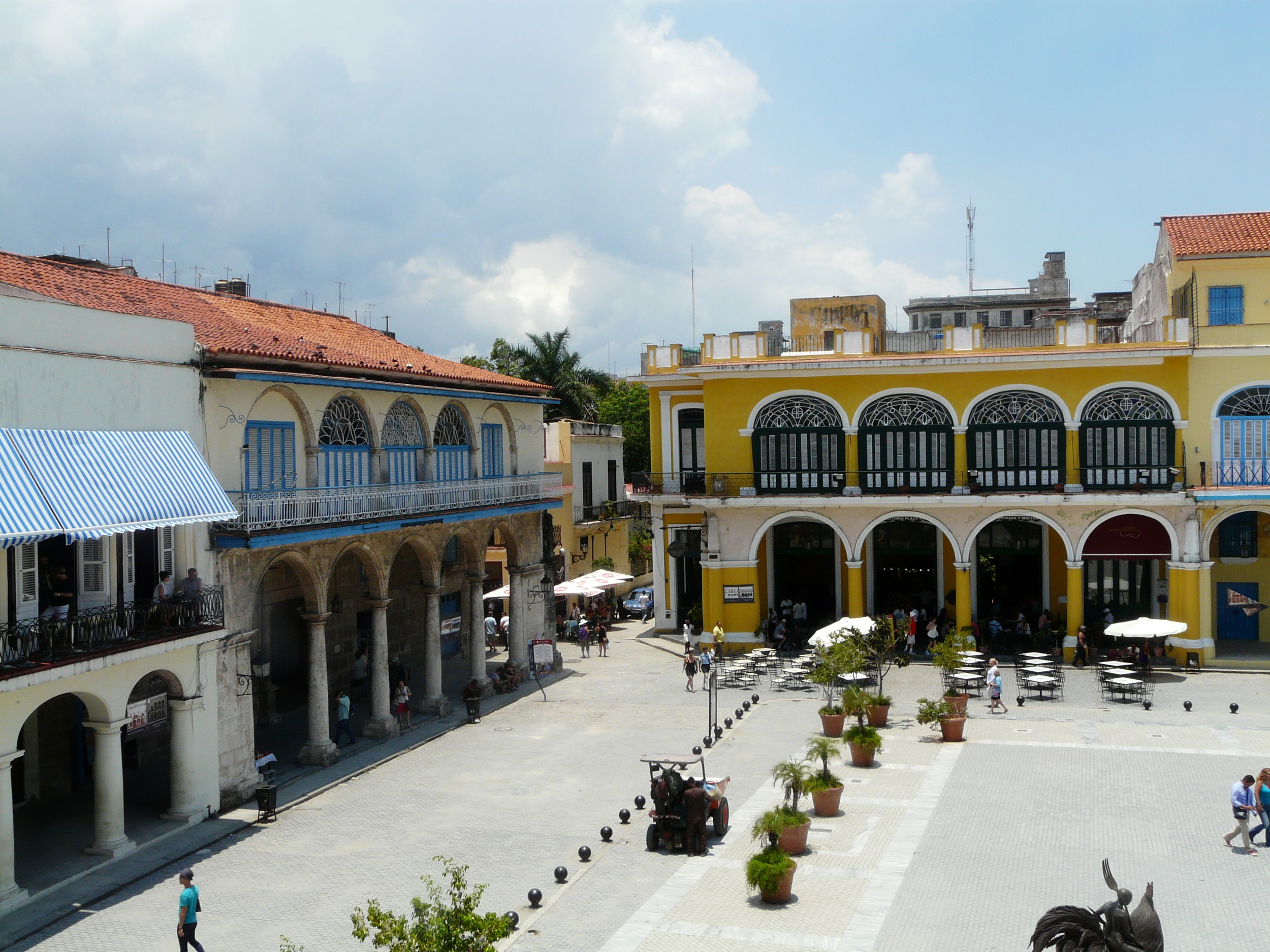Exotic Cuba
How many times have you wanted to take a trip that is truly a one-of-a-kind trip to someplace that in the future you will think back and wonder, “Did I really go there?” A place that very few people have ever visited. Or maybe take a trip that would allow you to roll back the clock to another era. Cuba is such a location.
President Obama last year relaxed the restrictions for U.S. citizens to legally travel to Cuba. Now, there are a number of flights and cruise ships that go there daily. The only restriction is you have to go there to “learn” about the country.
When I had first heard this, I was thinking, “How cool is that!” I always try to pick places that I think will be interesting and fun; places that I have only read about, somewhere I may even learn something. For me, Cuba hit all of those marks and then some. If I want the beach, I’m here in Florida, the area with some of the best beaches in the world. If I want to exercise my mind, see something completely new and different, I will go to Cuba!
And right now, Cuba is a very affordable destination. There are several cruise lines that offer Cuba as a destination from Miami, which is a very easy drive from Jacksonville. Most of these cruises come with at least some free shore excursions and this is one easy way you are able to comply with the U.S. government’s restriction of only activities in Cuba that are compliant with the Office of Foreign Asset Control (OFAC).
For now, forget about anything you have heard about Cuba. Make your mind completely blank. Havana: This is usually your starting point. Once you get off your ship, and go through the cruise terminal, you are in Old Havana. It is truly turning back the clock to the 1950s. A complete sensory overload: 18th-century buildings, some may only have a façade, with reconstruction work still taking place inside.
Many such buildings house some of the shops and small paladars (family owned restaurants and cafés) that dot the Plaza de la Cathedral, which is across from the cruise terminal and the first thing you will see. The Cathedral de San Cristobal, built in 1748, is also located in the plaza. Women in colonial costumes will stroll under the arcades and read fortunes or pose for pictures.
Some of the other famous places you will not want to miss include Necropolis de Colon. This is Havana’s famous cemetery, with more than 53,000 plots on 135 acres. Many famous people are buried there, including baseball players, boxers, poets, writers and more. Take a quiet stroll around to read the names of people that you have probably read about. A short distance from the cemetery, in central Havana, is the memorial to Jose Martí, a poet and journalist often called the father of Cuba’s Revolution. It is hard to miss as it is in the center of Revolution Plaza.
Also there, on the Ministry Building, is the immense sculpture of Che Guevera. Ernest Hemingway spent a lot of time in Cuba and his house (although you can only view it through windows) is near there and just the way he left it. Restaurants that he visited and made famous include Sloppy Joe’s (one of the few places with air conditioning but terrible service), the Floridita (go for a daiquiri), and La Bodeguita (best mojitos). Down the street from the Floridita is the Hotel Ambos Nundos, where Hemingway stayed for seven years while he wrote "For Whom the Bell Tolls."
One great night attraction is the famous Tropicana Nightclub. It is spectacular, with showgirls in ornate costumes and headdresses elaborately decorated with feathers. It is well worth a visit. If you want to take a walk, go along the malecon, a broad seawall. Start at the Hotel Nacional, an art deco gem built in 1930, where many famous guests stayed, including Winston Churchill, Fred Astaire, Walt Disney and a large assortment of mob types, the most famous being Lucky Luciano and Meyer Lansky. The seawall stretches about five miles. It is beautiful at night and used by a lot of Habaneros that want to take a romantic stroll.
During the day, you will see many fishermen using their homemade poles, looking to catch their dinner or make a few extra pesos. If you are too tired to walk anymore, you can always get a taxi – the most famous being the vintage cars brought over from the United States in the 1950s and lovingly maintained ever since. You will see these cars everywhere. Taxi prices are negotiable and usually quite reasonable, but when it comes to price, always “know before you go.”
The second largest city in Cuba is Santiago de Cuba. This is where famed Rough Rider Teddy Roosevelt won the bloodiest battle of the Spanish-American War at San Juan Hill. Here there is a memorial to him and this hard-won battle. It is also where Fidel Castro started his revolution by attacking the Moncada Barracks. The building is still there and you can even see some of the many bullet holes. The city is also the family home of the Bacardi family, famous for their rum.
There are other places in Cuba that you will need to visit firsthand to discover their beauty and mystery.


